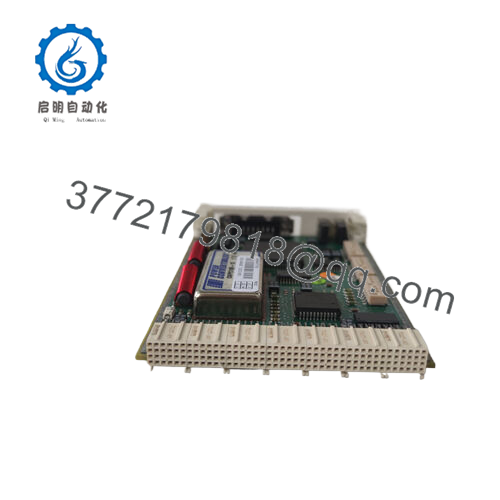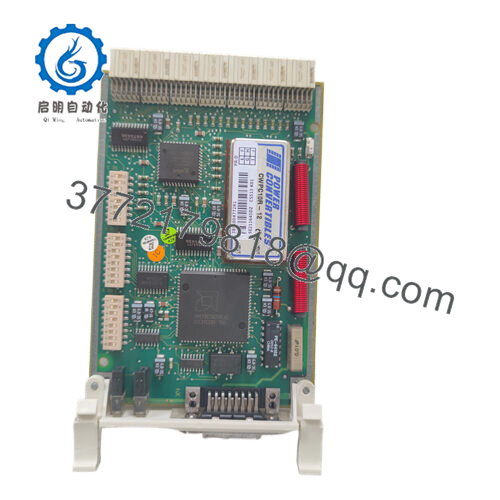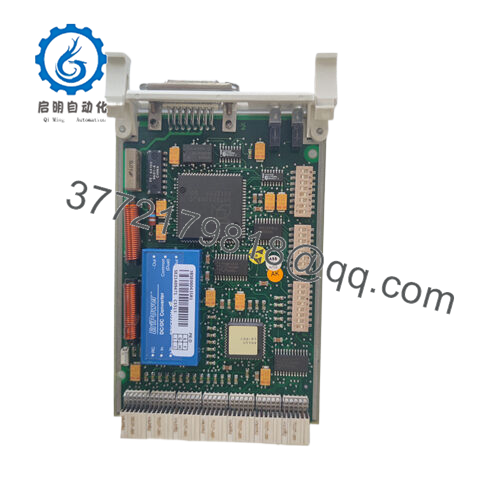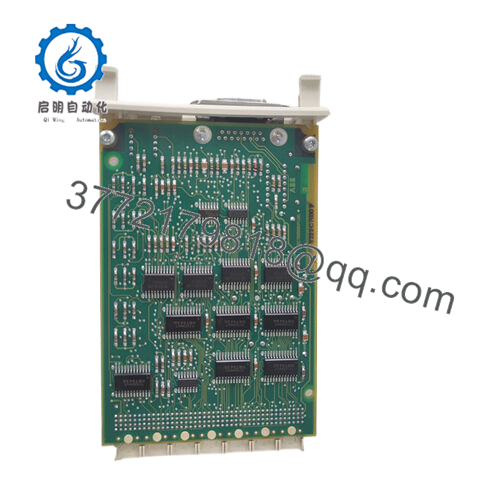Description
What This Product Solves
The ABB CS513K01 3BSE004772R1 is a high-performance communication interface module designed for reliable data exchange and control in demanding industrial automation applications. It solves the need for efficient and robust communication between controllers and field devices, enabling synchronized operations and accurate monitoring across distributed automation systems. This module helps engineers maintain tight control over industrial processes, ensuring operational stability and safety.
Used in complex manufacturing, power generation, and process industries, this module supports critical automation functions where prompt and stable communication is paramount. Keywords like “industrial automation,” “communication interface,” “real-time data exchange,” and “process synchronization” capture its role.

CS513K01 3BSE004772R1

CS513K01 3BSE004772R1

CS513K01 3BSE004772R1
How the Product Works & Fits into a System
The ABB CS513K01 3BSE004772R1 interfaces ABB control systems with connected field devices by handling communication protocols and signal conversions. It facilitates data transfer over industrial networks, supporting protocols compatible with ABB’s automation products. The module manages data routing, protocol translation, and timing synchronization essential for real-time control.
Compact and designed for easy mounting within control cabinets, the module integrates with ABB controllers and I/O modules, supporting scalable network topologies. It is engineered to operate reliably under industrial environmental stresses, ensuring consistent communication throughout system components.
Technical Highlights Summary (Table)
| Specification | Details |
|---|---|
| Model Number | CS513K01 / 3BSE004772R1 |
| Brand | ABB |
| Type | Communication Interface Module |
| Application | Industrial Automation Networking |
| Protocol Support | ABB proprietary / industry standards |
| Mounting Style | Control cabinet / Rack |
| Operating Temperature | Industrial range |
| Weight | Approx. 200 grams |
Real-World Benefits
The ABB CS513K01 provides high-speed, stable communication vital for coordinating control actions and data acquisition in complex automation networks. Its robust protocol handling enhances interoperability among diverse industrial devices and control systems, minimizing communication errors and downtime.
The module’s compact design and high reliability reduce installation complexity and maintenance costs. It supports effective remote monitoring and diagnostics, enabling quicker troubleshooting and reduced operational risks.
Typical Use Cases
Widely used across metallurgy, petrochemical, power generation, mining, paper production, and textile industries, the module enables synchronized control of manufacturing lines, power grids, and large-scale processing plants. It enhances communication between PLCs, sensors, and actuators in environments demanding real-time data sharing and control coordination.
Compatible or Alternative Products
CS513K01 3BSE004772R1 – ABB communication interface module.
CI541V1 3BSE014666R1 – Profibus interface submodule.
CI857K01 3BSE018144R1 – Ethernet communication interface.
07KT98C GJR5253100R028 – ABB Advant Controller automation module.
PFEA112-65 3BSE030369R0065 – Tension electronics control module.
Setup Notes & Maintenance Insights
Installation requires secure rack or cabinet mounting with proper electrical connections following ABB wiring standards. Configure communication parameters aligned with system requirements for optimal operation.
Maintenance involves checking communication health indicators, updating firmware, and inspecting connectors. Its robust design supports continuous operation, while periodic diagnostic checks ensure ongoing reliability.



 WhatsApp: +86 16626708626
WhatsApp: +86 16626708626 Email:
Email:  Phone: +86 16626708626
Phone: +86 16626708626


